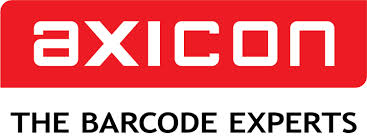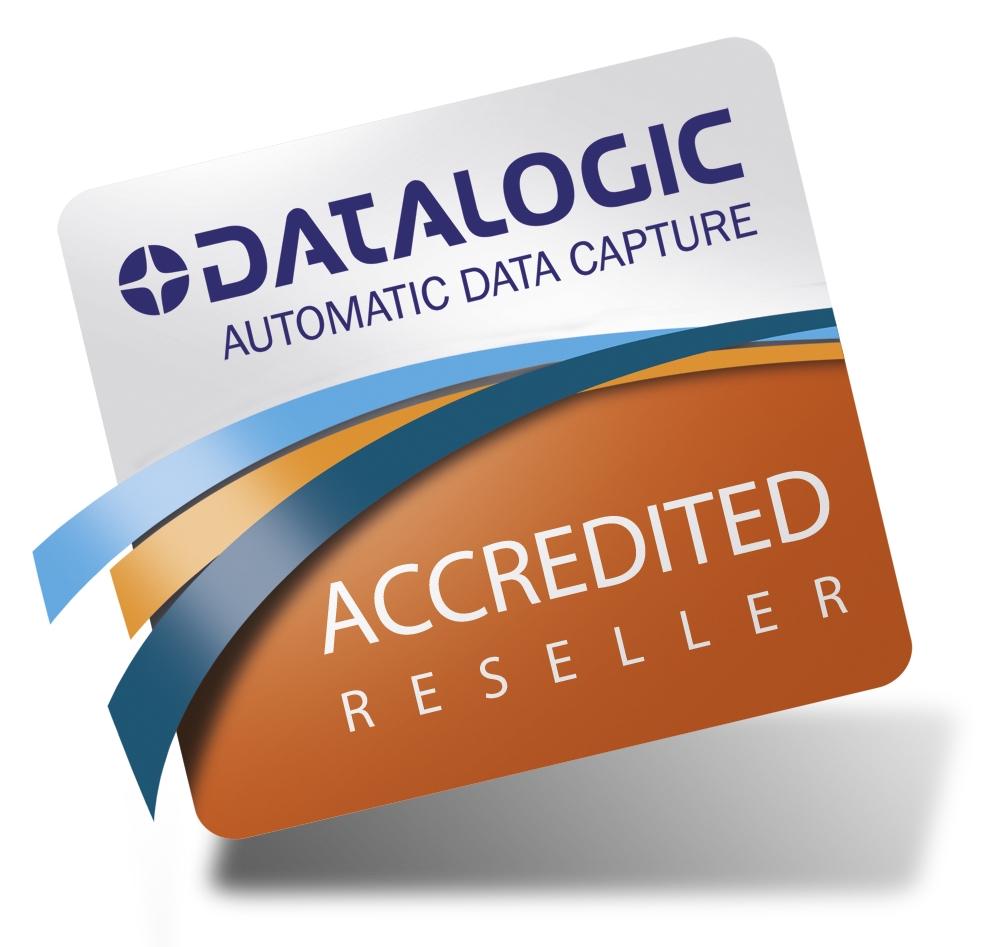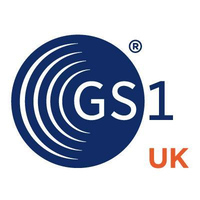Food & Beverage Traceability
Weber Packaging Solutions looks at how automation in food and beverage production can help to deliver increased quality assurance and traceability.
What is Traceability?
According to UK & EU Food Law, “Traceability” is the ability to trace and follow a food, feed, food-producing animal or substance intended to be, or expected to be, incorporated into a food or feed, through all stages of production, processing and distribution.
In simple terms what this means is that every Food Business Operator (FBO) must be able to identify from whom and to whom a product has been supplied and have systems and procedures in place that allow for this information to be made available to the FSAI.
The requirement is “one up, one down”. This means that FBO’s have a system in place enabling them to identify the immediate supplier(s) and immediate customer(s) of their products. There must be a link established showing which products supplied from which supplier and a customer link showing which products supplied to which customer.
Standardisation
Standardisation, product recalls, safety, traceability, trace and trace are all terms previously associated with Pharmaceutical and Medical Device manufacture. However increasingly standards and procedures previously applied to the Life Science industries are becoming prevalent in the Food and Beverage production and supply chain cycles.
Providing a sell by or use by date on your product is no longer sufficient. Consumers, manufacturers and distributors require more information on where and when the product was produced and/or processed, where it originated, what it contains and how to use it. Today there is legislation that requires information on allergens, nutritional value, producer details and country of origin, for example.
To help meet the requirements of all stakeholders within the supply chain there has been a move towards standardisation in the way information on food and drink packaging is presented, supplemented by legislation to ensure absolute traceability through the supply chain.
EU Regulations
The European Food Information to Consumers Regulation No 1169/2011 (FIC) brings together EU rules on general food labelling and nutrition labelling into a single piece of legislation. The majority of requirements of the new legislation applied to pre-packed foods from December 2014, with mandatory nutrition declarations for most pre-packed foods coming into force on 13 December 2016. New rules on country of origin information for meat from sheep, pigs, goats and poultry have applied from April 2015. Topics covered by these regulations include dates of freezing of meat, compositional standards for minced meat, water content, caffeine content and even font sizes for labelling. A quick search of the Food Standards Authority website will demonstrate the myriad of EU standards in force, https://www.food.gov.uk/
Currently the onus is on the producer company to have the necessary information to share with the relevant bodies if something goes wrong and manufacturers should be looking to automation for cost effective, flexible and secure solutions to these traceability issues
GS1
GS1 standards, provide a wider framework for supply chain visibility and are steadily being adopted by the food and beverage industry to offer recognised framework for supply chain visibility and product traceability. Implementing a traceability system within a supply chain requires all parties involved to share standardised information relating to products. The identification and communication standards that constitute the GS1 System, and the principles on which they are designed, make them ideally suited for the purpose of traceability. Furthermore, the global reach of the GS1 System and its universal acceptance by consumers, businesses, and governments, make them uniquely positioned to facilitate the search for an appropriate response to the traceability challenge at local and international levels.
Within the GS1 System of Standards there are a number of symbologies and ID numbers that can help companies to share traceability information such as GS1 128 and the SSCC.
Production Process
Integrating process controllers, barcode reading, product labellers and vision equipment directly into the real-time network can help to automate inspection tasks which, currently, are carried out by human operators. Modern production processes cannot rely on manual product inspection, labelling or data capture, so the printed alphanumeric codes need to be reliably machine readable, to enable automated inspection systems to check that the mark is present, readable and correct.
Total cost of ownership
Food and beverage producers are under constant pressure to reduce costs however this reduction in cost cannot be at the expense of product quality. Automation of production, labelling, data capture and traceability systems are proven to reduce errors, reduce product recalls, reduce wastage and increase productivity. This when compared to the existing, perhaps manual processes and procedures should be factored in when evaluating the Total Cost of Ownership (TCO) of any system under consideration. Automation systems are key to a TCO approach, as a successfully implemented system will add to reliability and product traceability.
Weber Packaging Solutions
Weber Packaging Solutions provide holistic solutions to all industries including labels, media, label applicators, print & apply systems, inkjet coders, data capture and vision systems, with all equipment fully supported and serviced by Weber. Combining Weber’s own manufactured labels, labelling and coding equipment with industry leading partners Zebra, Datalogic, Cognex, Keyence and many more gives our Customer’s a single source for peace of mind and value for investment.
Further information: Weber Packaging Solutions www.weber.co.uk









